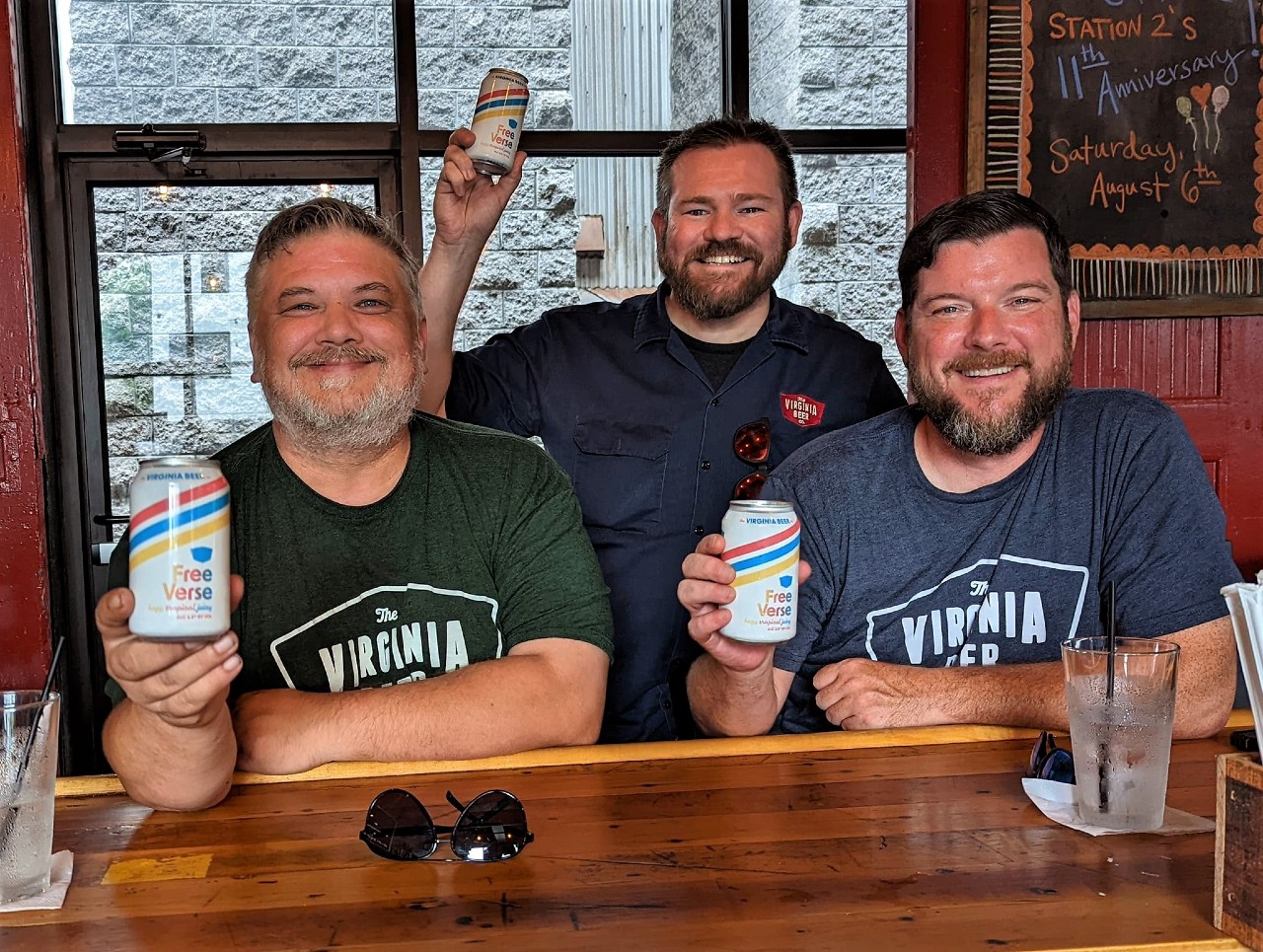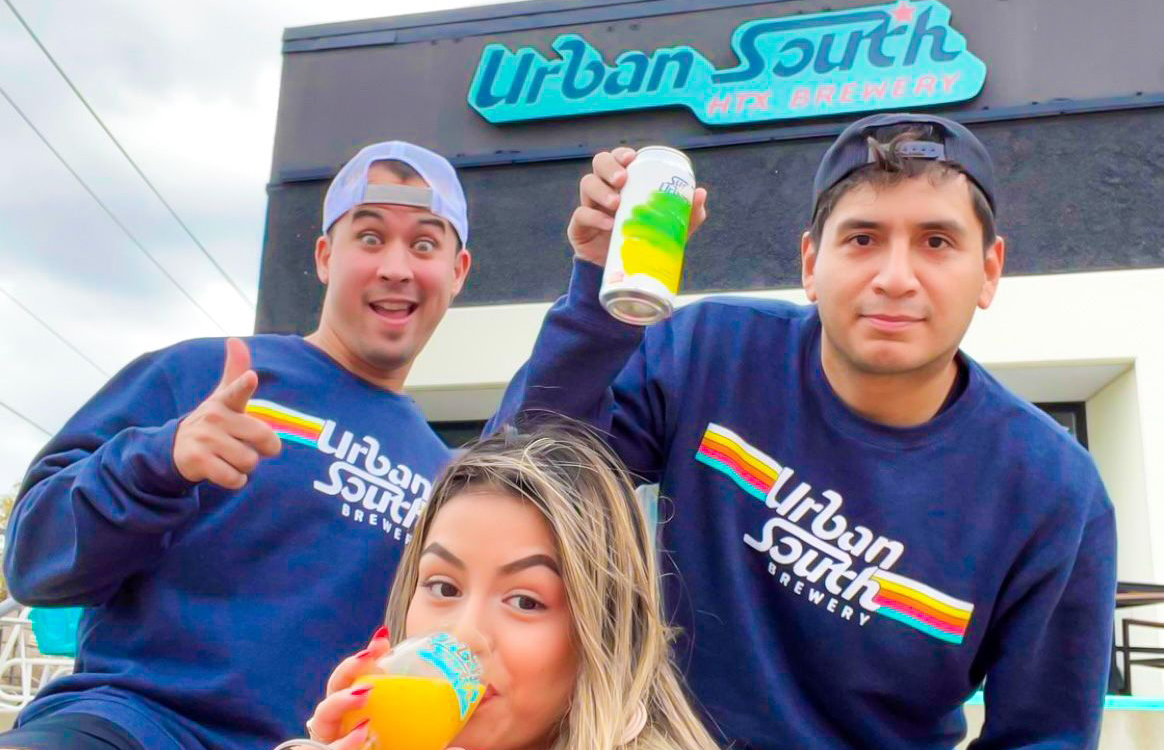
When is the right time to upgrade your packaging?
A few years ago, Virginia Beer Company found itself in a growth pattern that not even the pandemic could stall. It recently completed an expansion that put the Williamsburg, Virginia company in every corner in its state.
Now seven years removed from its grand opening, Virginia Beer Company has updated its packaging and branding, making the switch from wrapped to printed cans and binding its six packs in cardboard casing. The brand refresh also includes launching 19.2 oz single serve cans, beginning with Free Verse Hazy IPA.
“Our business got stronger during the pandemic in the sense that we had infrastructure in place to weather the storm,” said co-founder Robby Willey, who said they didn’t have to lay anyone off, had no issues with distribution and continued to enjoy the support of their regular customers. “But it also gave us a lot of time for soul searching while our taprooms were empty for a couple of months.”
They rejuvenated the taprooms before customers returned, but they also asked a few questions among themselves. How did they feel their brand identity compared to others? How did their brands look in the marketplace?
“Coming out of the pandemic, all of a sudden, it seemed like it was now or never,” Willey said. “It was time to refresh our identity without swerving in a completely new direction. How did we want to represent the liquid inside the can? It meant upgrading our packaging — both the cardboard and cans.”
Willey said they wanted their cans to feel as modern and professional as they felt their brand was. The upfront costs meant it was a financial commitment, but with those out of the way they are saving some money in their cost per can, which is allowing them to keep their prices steady.
“Every time we can save a few cents in this economy, it helps our margin,” Willey said. “We save money internally with restructured packaging. Over the long term we’re not increasing the cost to the consumer. We’re looking clean and fresh and doing our part to keep things down for the consumer, and that’s the bottom line.”






Be the first to comment